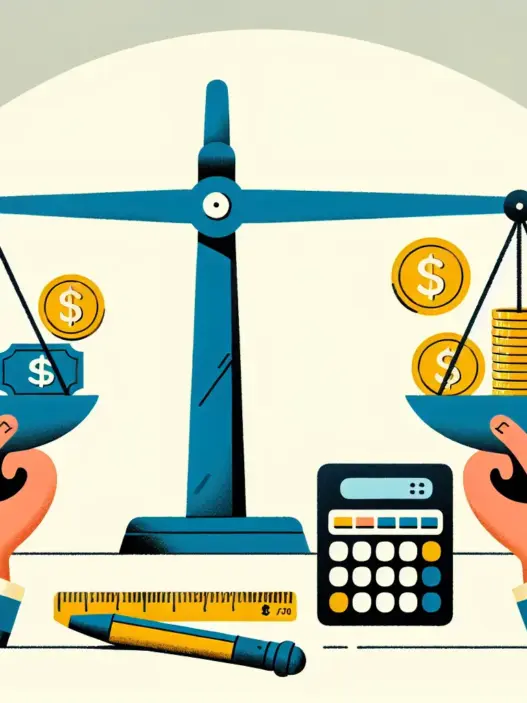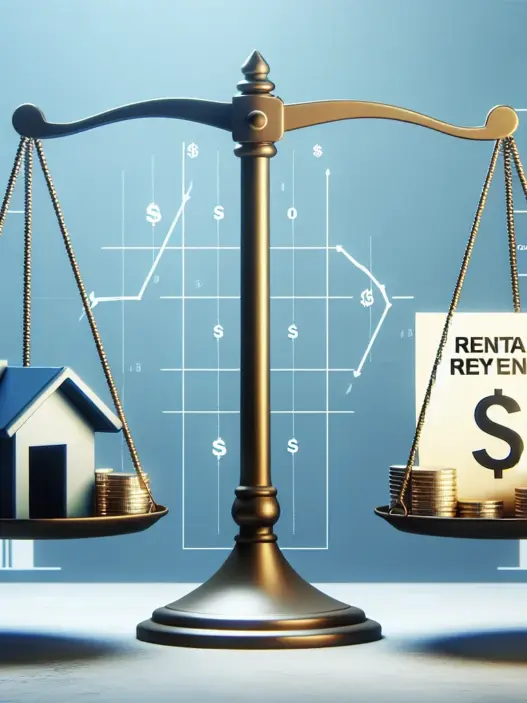Understanding Emotional Shopping
Emotional shopping occurs when we make purchases based on our feelings rather than our needs. This behavior often stems from stress, anxiety, or the desire for instant gratification. Many people use shopping as a coping mechanism to deal with negative emotions or to boost their mood temporarily.
The psychology behind emotional shopping is complex. Our brains release dopamine, a feel-good chemical, when we anticipate and make purchases. This chemical reaction can create a temporary sense of happiness or excitement. However, these positive feelings are often short-lived and can lead to guilt or regret later on.
Understanding this psychological aspect is crucial in developing strategies to overcome financial pitfalls associated with emotional shopping. By recognizing the triggers and patterns of our spending behavior, we can take steps to address the root causes and develop healthier financial habits.
Identifying Triggers for Emotional Shopping
Recognizing the triggers that lead to emotional shopping is an essential step in overcoming this behavior. Common triggers include stress from work or personal relationships, feelings of loneliness or boredom, and the desire to keep up with social pressures or trends.
It’s important to pay attention to the situations and emotions that precede your shopping impulses. Keep a journal to track your spending habits and the feelings associated with them. This self-awareness can help you identify patterns and develop strategies to address the underlying issues.
Sometimes, external factors like sales promotions or targeted advertising can also trigger emotional shopping. Being mindful of these influences can help you make more conscious decisions about your purchases and avoid falling into the trap of unnecessary spending.
Developing a Mindful Approach to Spending
Mindful spending is a powerful tool in overcoming emotional shopping. This approach involves being fully present and aware when making purchasing decisions. Before making a purchase, take a moment to pause and reflect on your motivations.
Ask yourself questions like: “Do I really need this item?” “Will it add value to my life?” “Am I buying this to fill an emotional void?” These questions can help you distinguish between genuine needs and impulse purchases driven by emotions.
Another effective strategy is to implement a waiting period before making non-essential purchases. For example, you could adopt a 24-hour rule for small purchases and a week-long rule for larger ones. This delay allows the initial emotional impulse to subside, giving you time to evaluate the purchase more objectively.
Creating a Budget and Sticking to It
A well-planned budget is a crucial tool in managing your finances and curbing emotional spending. Creating a personal budget helps you allocate your income towards essential expenses, savings, and discretionary spending.
When creating your budget, be realistic about your spending habits and include a category for “fun money” or “personal spending.” This allows for some flexibility while still maintaining control over your overall financial picture. Having a designated amount for discretionary spending can help satisfy the emotional need for purchases without derailing your financial goals.
Regularly reviewing and adjusting your budget is essential. As your financial situation or goals change, your budget should reflect these changes. This ongoing process helps you stay accountable and makes it easier to resist impulsive purchases that don’t align with your financial objectives.
Finding Alternative Ways to Address Emotional Needs
Often, emotional shopping is an attempt to fulfill deeper emotional needs. Identifying healthier alternatives to shopping can be an effective way to address these needs without negatively impacting your finances.
Consider activities that provide similar emotional benefits to shopping. For example, if you shop when stressed, try stress-reducing activities like exercise, meditation, or talking to a friend. If boredom triggers your shopping impulses, explore new hobbies or volunteer opportunities that can provide a sense of fulfillment.
Building a support network can also be helpful. Share your goals with friends and family who can offer encouragement and accountability. You might even find a “financial buddy” to share tips and support each other in developing healthier spending habits.
Seeking Professional Help When Needed
In some cases, emotional shopping may be a symptom of deeper psychological issues or addictive behavior. If you find that your shopping habits are significantly impacting your financial stability or causing distress in your life, it may be beneficial to seek professional help.
A financial advisor can provide guidance on managing your finances and developing strategies to overcome emotional spending. They can help you create a personalized plan to achieve your financial goals and provide accountability.
In cases where emotional shopping is linked to mental health concerns, consulting with a therapist or counselor can be beneficial. They can help you address underlying emotional issues and develop healthier coping mechanisms.
Conclusion
Overcoming emotional shopping is a journey that requires self-awareness, patience, and commitment. By understanding the psychology behind our spending habits, identifying triggers, developing mindful spending practices, creating a budget, finding alternative ways to address emotional needs, and seeking help when necessary, we can build healthier financial habits.
Remember, becoming financially secure is a process, and it’s okay to have setbacks along the way. The key is to stay committed to your goals and continue learning and adapting your approach. With time and practice, you can develop a healthier relationship with money and achieve greater financial stability and peace of mind.
Frequently Asked Questions
What is emotional shopping?
Emotional shopping occurs when people make purchases based on their feelings rather than actual needs. It’s often triggered by stress, anxiety, or a desire for instant gratification, and can be a coping mechanism for dealing with negative emotions or temporarily boosting mood.
How can I identify my emotional shopping triggers?
To identify your emotional shopping triggers, pay attention to the situations and emotions that precede your shopping impulses. Keep a journal to track your spending habits and associated feelings. Common triggers include stress, loneliness, boredom, and social pressures. Being aware of these patterns can help you develop strategies to address underlying issues.
What is mindful spending?
Mindful spending is an approach that involves being fully present and aware when making purchasing decisions. It includes pausing to reflect on your motivations before buying, asking yourself questions like “Do I really need this?” and “Will it add value to my life?” Implementing a waiting period before non-essential purchases is also part of mindful spending.
How can creating a budget help with emotional shopping?
Creating a budget helps manage finances and curb emotional spending by allocating income towards essential expenses, savings, and discretionary spending. It provides a framework for controlling overall finances while allowing some flexibility through a “fun money” category. Regular budget reviews help maintain accountability and resist impulsive purchases.
When should I seek professional help for emotional shopping?
Consider seeking professional help if your shopping habits significantly impact your financial stability or cause distress in your life. A financial advisor can provide guidance on managing finances and developing strategies to overcome emotional spending. If emotional shopping is linked to mental health concerns, consulting with a therapist or counselor can be beneficial in addressing underlying issues and developing healthier coping mechanisms.




















